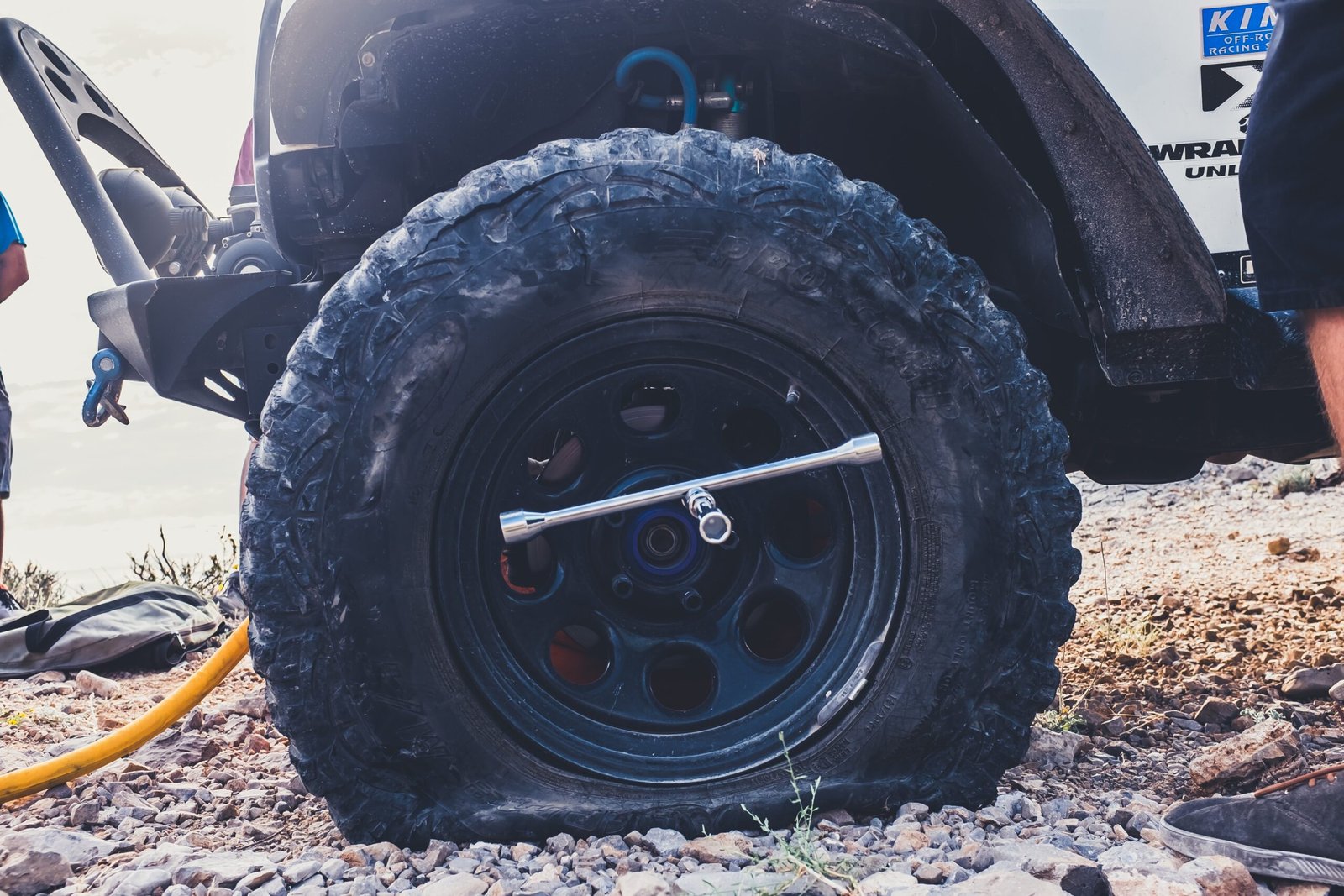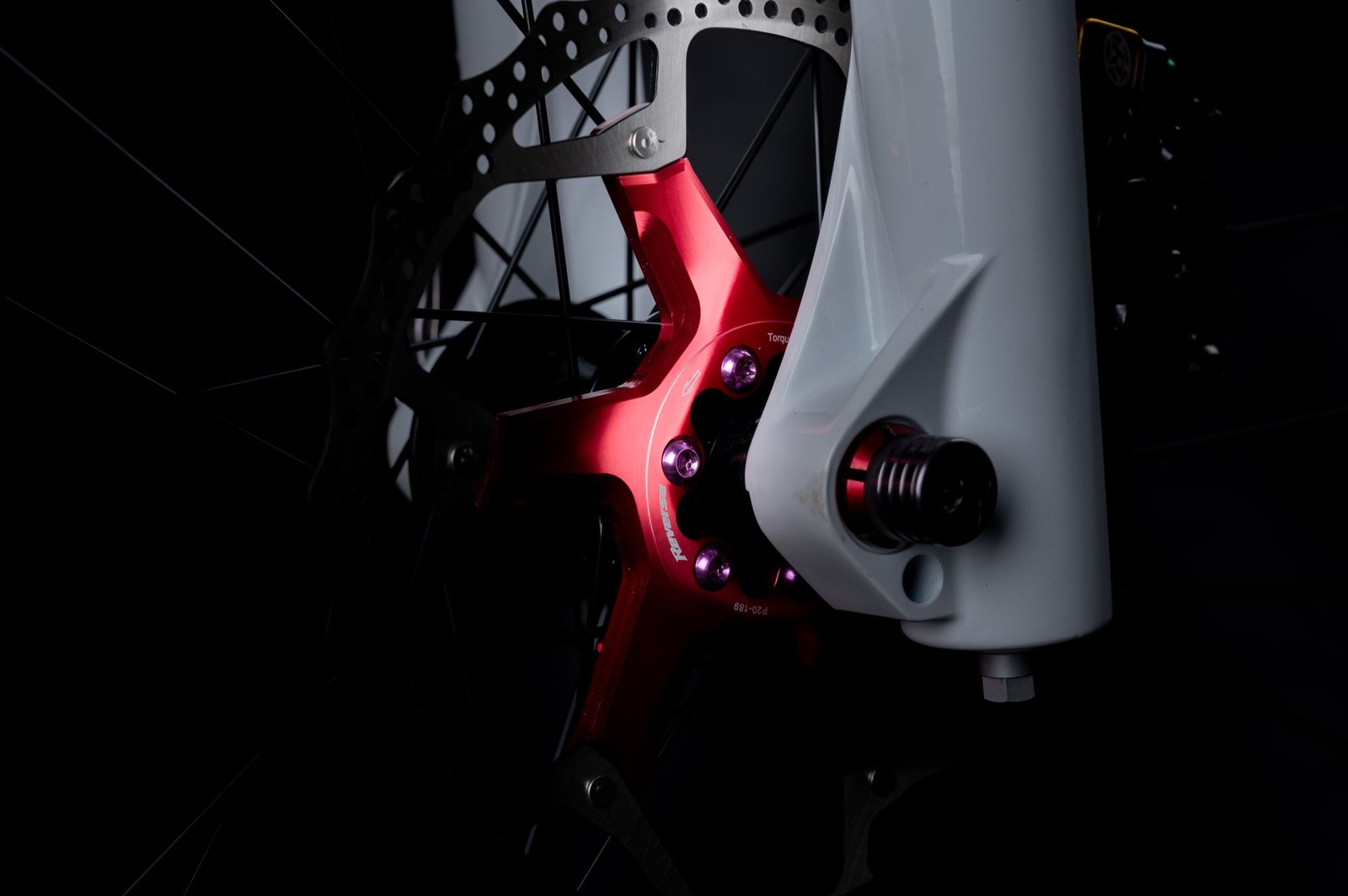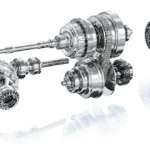
How to Diagnose Your Car Problems Beginner’s Guide
Introduction
When your car starts acting up, it can be frustrating and inconvenient. However, diagnosing the problem yourself can save you time and money. With a little knowledge and the right tools, you can become your own car detective and identify the issue like a pro. In this article, we will guide you through the process of diagnosing common car problems.
1. Listen to Your Car
One of the first steps in diagnosing a car problem is to listen carefully to the sounds it makes. Unusual noises can often indicate an issue. Pay attention to any grinding, squealing, or knocking sounds. These sounds can be signs of problems with the engine, brakes, or suspension. Take note of when the noise occurs and whether it is constant or intermittent.
2. Check the Warning Lights
Modern cars are equipped with various warning lights on the dashboard. These lights can provide valuable information about the health of your vehicle. If you see a warning light illuminated, consult your car’s manual to understand what it indicates. Common warning lights include the check engine light, ABS light, and battery light. Understanding the meaning of these lights can help you pinpoint the problem.
3. Use a Diagnostic Scanner
A diagnostic scanner is a tool that connects to your car’s onboard computer system and retrieves error codes. These codes can provide specific information about the problem your car is experiencing. Many auto parts stores offer free code reading services, or you can invest in your own scanner. Once you have the error codes, you can look up their meanings online or consult a repair manual to determine the appropriate course of action.
4. Inspect Fluid Levels
Fluid levels play a crucial role in the proper functioning of your car’s systems. Low or dirty fluids can cause various issues. Check the levels of engine oil, coolant, brake fluid, transmission fluid, and power steering fluid. If any of these fluids are low or appear dirty, it may indicate a leak or a malfunctioning system. Topping up the fluids or addressing any leaks can often resolve the problem.
5. Perform Visual Inspections
Take the time to visually inspect your car for any obvious signs of damage or wear. Look for loose or damaged belts, cracked hoses, or corroded battery terminals. Inspect the tires for uneven wear or bulges, which can indicate alignment or suspension problems. Additionally, check for any leaks under the car. Identifying these visual cues can help you narrow down the potential issues.
6. Test Drive
A test drive can provide valuable information about the performance of your car. Pay attention to any unusual vibrations, steering problems, or changes in acceleration. Test the brakes to see if they are responsive or if there is any pulling to one side. If you notice any issues during the test drive, make a note of them and consult a mechanic for further diagnosis.
7. Research Online
The internet is a vast resource for car troubleshooting. Many websites and forums provide valuable information and step-by-step guides for diagnosing common car problems. By researching your symptoms online, you can gather insights from experienced car owners and mechanics. However, always remember to verify the information from reliable sources before attempting any repairs.
Conclusion
Diagnosing your car problem like a pro requires patience, observation, and a systematic approach. By listening to your car, checking warning lights, using a diagnostic scanner, inspecting fluid levels, performing visual inspections, test driving, and researching online, you can gain a better understanding of the issue at hand. While some problems may require professional assistance, this knowledge empowers you to make informed decisions and potentially save money on unnecessary repairs. Remember to prioritize safety and consult a qualified mechanic if you are unsure or uncomfortable with any diagnosis or repair process.




